The miracle of life unfolds in fascinating ways across the animal kingdom, and nowhere is this more apparent than during the gestation period of our beloved pets. This delicate phase marks the beginning of a journey that transforms a single fertilized egg into a fully formed creature capable of bringing joy to human lives. Understanding pregnancy in pets requires delving into biological marvels, recognizing subtle behavioral changes, and preparing for the arrival of new life with both excitement and responsibility.
Among domestic animals, gestation periods vary dramatically between species. A cat's pregnancy typically spans 63-65 days, while dogs generally carry their litters for 58-68 days, depending on breed size. Rabbits complete their pregnancies in just 28-35 days, and ferrets in 41-43 days. These differences reflect evolutionary adaptations to each species' survival needs. Smaller animals with shorter lifespans tend to have briefer pregnancies, allowing for multiple reproductive cycles within a year. Larger mammals invest more time in fetal development, producing fewer but more developed offspring. The first signs of pregnancy often escape even attentive owners. During the initial weeks, subtle changes like increased appetite or slight weight gain may occur. As veterinary specialist Dr. Emily Thornton notes, "Many pet owners mistake early pregnancy signs for seasonal weight fluctuations or behavioral quirks until physical changes become unmistakable." Around the halfway point, more noticeable symptoms emerge - nipple enlargement in dogs, "showing" in rabbits where the abdomen becomes rounded, or the distinctive "pear shape" developing in pregnant cats. Nutrition plays a pivotal role throughout gestation. Pregnant pets require gradual increases in high-quality food, with calorie needs potentially doubling by late pregnancy. However, overfeeding poses serious risks, potentially causing difficult deliveries or excessive fetal growth. Small, frequent meals help accommodate the reduced abdominal space as pregnancy progresses. Certain nutrients become particularly crucial - additional calcium supports skeletal development in fetuses, while elevated protein levels aid tissue growth. Always consult a veterinarian before supplementing, as improper ratios can cause more harm than good. Veterinary care should begin as soon as pregnancy is suspected. An initial examination confirms the pregnancy and establishes a baseline health assessment. Ultrasound can detect fetal heartbeats by day 25-30 in dogs and cats, while X-rays later in pregnancy reveal litter size and positioning. These visits also screen for potential complications like pyometra (uterine infection) or eclampsia (calcium deficiency). Regular check-ups allow for timely intervention if problems arise, significantly improving outcomes for both mother and offspring. Behavioral transformations frequently accompany physical changes during gestation. Some pets become exceptionally affectionate, while others seek solitude. Nesting behaviors emerge as delivery approaches - dogs may shred bedding, cats search for secluded spots, and rabbits pull fur to line their nests. These instinctual preparations signal that birth is imminent. Providing appropriate nesting materials and a quiet, comfortable whelping area helps expectant mothers feel secure. The location should be warm, draft-free, and easily accessible for monitoring while respecting the mother's privacy. The final days before delivery bring unmistakable signs. Body temperature drops approximately 24 hours before labor begins in many species. Appetite often decreases, and restlessness increases as contractions start. The birthing process itself varies - dogs and cats typically deliver their young within 4-12 hours, though some breeds may experience prolonged labor. Rabbits usually give birth overnight with minimal fuss. Knowing what constitutes normal versus problematic labor is essential, as delays exceeding 2 hours between offspring or visible distress require immediate veterinary attention. Post-delivery care ensures the mother's recovery and the newborns' survival. The placenta should pass for each offspring, and the mother will instinctively clean her young and stimulate their breathing. Monitoring for signs of postpartum complications like hemorrhage or mastitis is crucial during the first 48 hours. Newborns must begin nursing within 1-2 hours to receive vital colostrum rich in antibodies. Weighing them daily helps confirm adequate milk intake, as weight loss signals potential problems requiring intervention. Responsible breeding extends beyond successful delivery. Spaying after weaning prevents back-to-back pregnancies that deplete the mother's resources. Finding appropriate homes for offspring requires careful screening to ensure lifelong commitment. As veterinary ethicist Dr. Robert Chang emphasizes, "Every intentional pregnancy should serve the betterment of the breed or species, not merely satisfy human curiosity or financial motives." For those not professionally breeding, spaying/neutering remains the most responsible choice, preventing unwanted litters and reducing health risks. The gestation period represents just one chapter in the extraordinary journey of pet parenthood, yet it establishes the foundation for everything that follows. Witnessing new life emerge - whether a litter of puppies, kittens, or other cherished companions - creates unforgettable memories. However, this privilege carries profound responsibility. By understanding the complexities of pregnancy, preparing thoroughly, and prioritizing welfare at every stage, we honor our role as stewards of these remarkable creatures who share our homes and hearts.

By /Jul 31, 2025

By /Jul 31, 2025

By /Jul 31, 2025
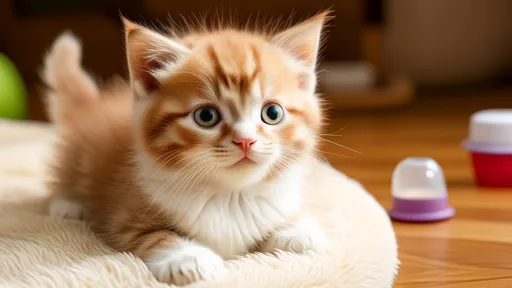
By /Jul 31, 2025
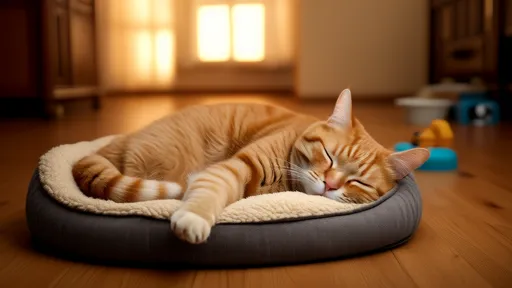
By /Jul 31, 2025
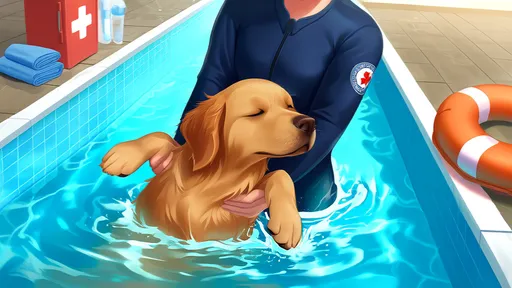
By /Jul 31, 2025
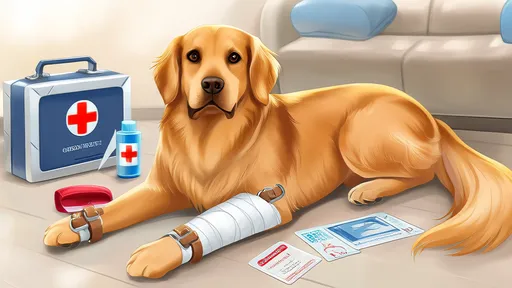
By /Jul 31, 2025

By /Jul 31, 2025
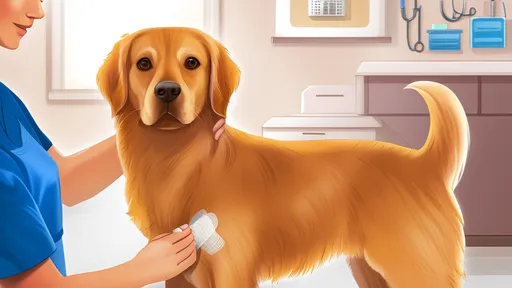
By /Jul 31, 2025
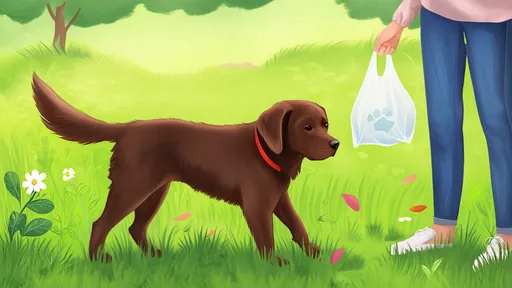
By /Jul 31, 2025
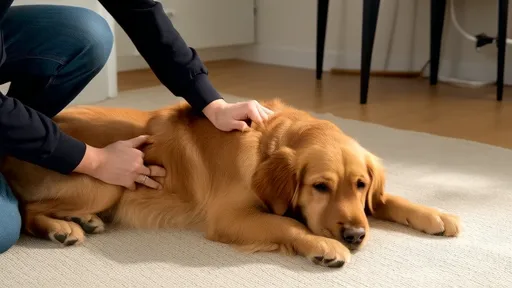
By /Jul 31, 2025

By /Jul 31, 2025

By /Jul 31, 2025

By /Jul 31, 2025

By /Jul 31, 2025

By /Jul 31, 2025
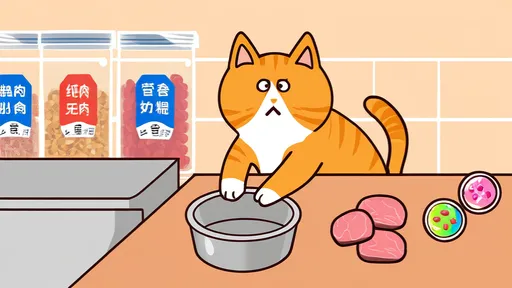
By /Jul 31, 2025
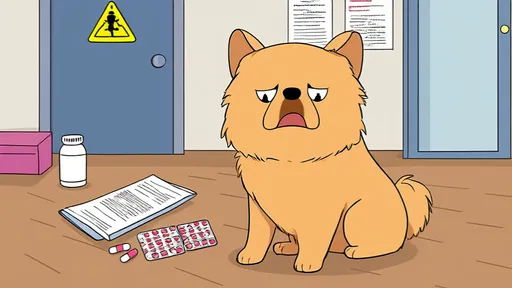
By /Jul 31, 2025

By /Jul 31, 2025
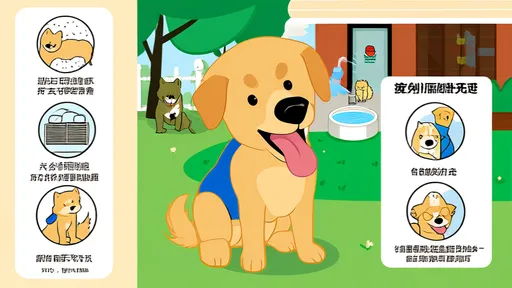
By /Jul 31, 2025